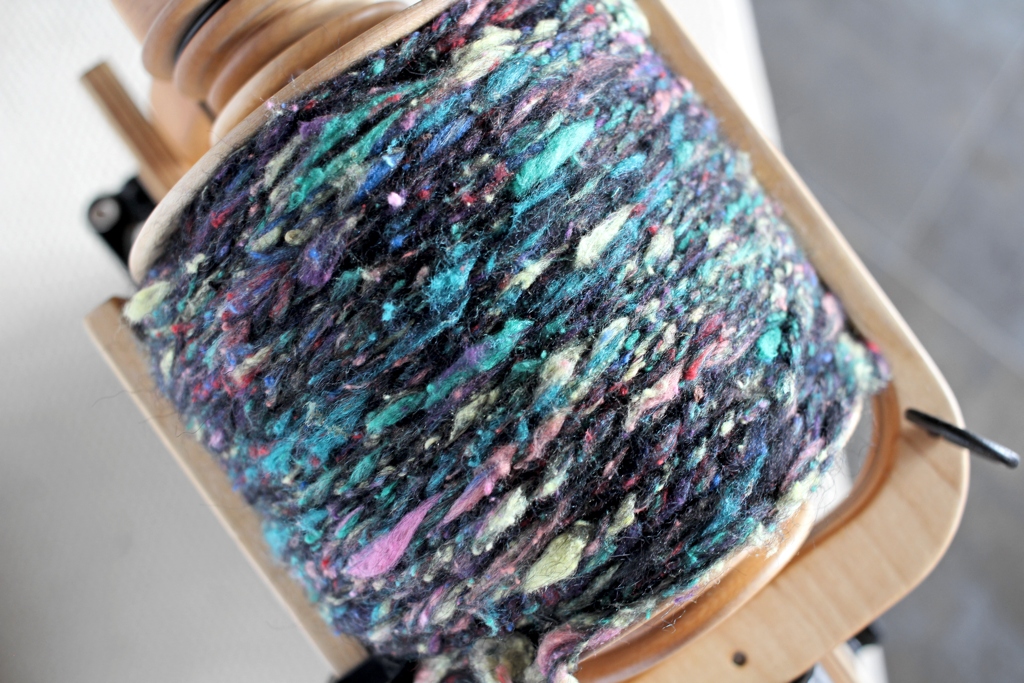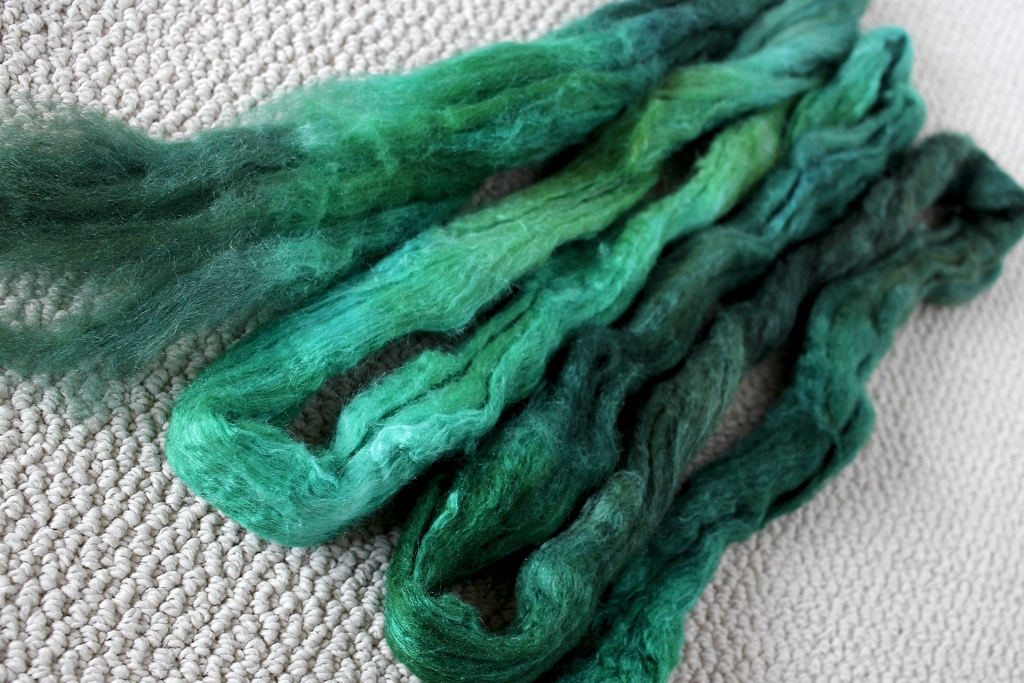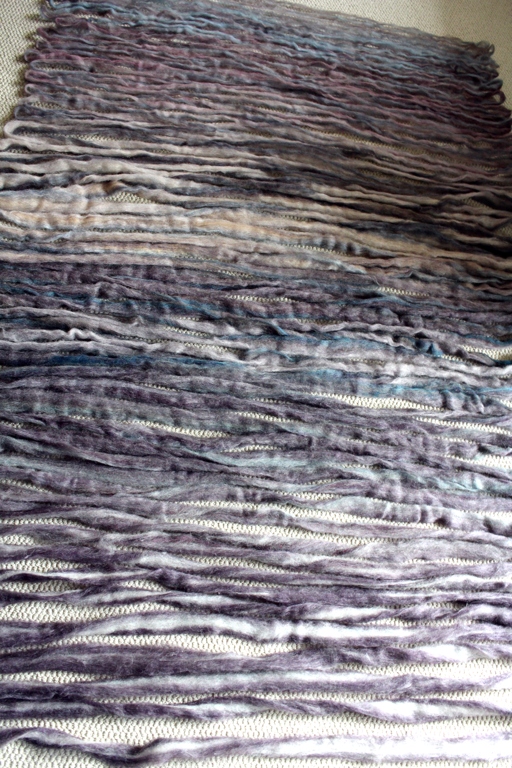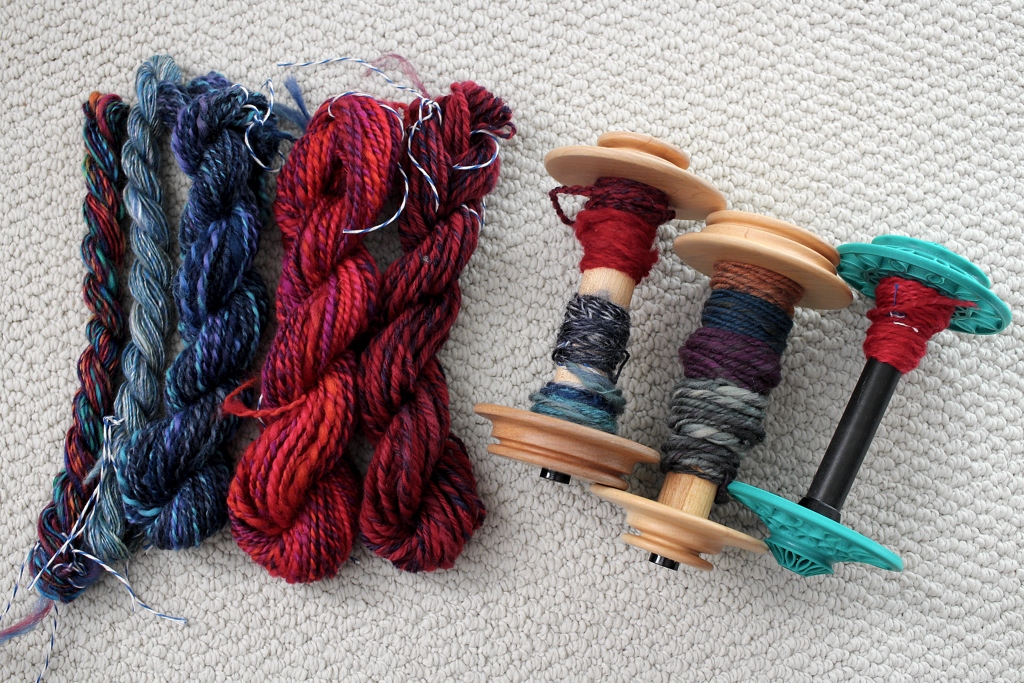17 Fiber Arts Things That Made 2017 Great
/I’ve enjoyed making lists since I was kid and I don’t see that changing any time soon. I wanted to write up a 2017 review, but couldn’t muster up the energy or motivation to write about in paragraph form. So, I’m taking a page from Austin Kleon’s blog and making a list of the knitting and spinning that made 2017 great. Somehow the 2017 list was 17 items long without any extra help from me.
1. The Bearded One and I going to our first fiber festival, Estes Park Wool Market.
2. Completing 100 Days of Spinning where I spun and worked with handspun yarn for almost all of those 100 days.
3. Putting in the work to design more knitting patterns. Most of them didn’t make it past the layout stage, but they’re so close to being released in 2018.
4. Releasing the Melded Scarf, a free pattern for a striped reversible scarf, in February.
5. Knitting a Boneyard shawl with my own handspun yarn.
6. Mostly staying on the sheep and being more conscious about my yarn and fiber buying. The stash is still worthy of the name Yarn Fort, but it hasn’t taken over any more space.
7. Spinning along with Tour de Fleece for the 5th row in year.
8. Pushing my spinning boundaries to try new batts and more textured yarns.
9. Going to Interweave Yarn Fest.
10. Finally playing around with the drum carder and figuring out how to use it.
11. Digging into my fiber stash and spinning a beautiful gradient from one giant batt. 8 matching skeins!
12. Taking my first ever spinning class about different ways to spin color with Maggie Casey.
13. Going to meetings and being a member of my local fiber guild.
14. The KIS hat and Mosaic Sisters patterns being used to teach classes on color work and mosaic knitting respectively.
15. Getting a whole room to use as my studio where I can work and get to all my art supplies, yarn, books, and notions. Wanted this for years so it’s great, but scary too.
16. Developing a new appreciation for hats knit with fingering weight yarn.
17. Wearing and enjoying my own hand knits. And seeing the Bearded One wearing and enjoying his hand knits too.



















































